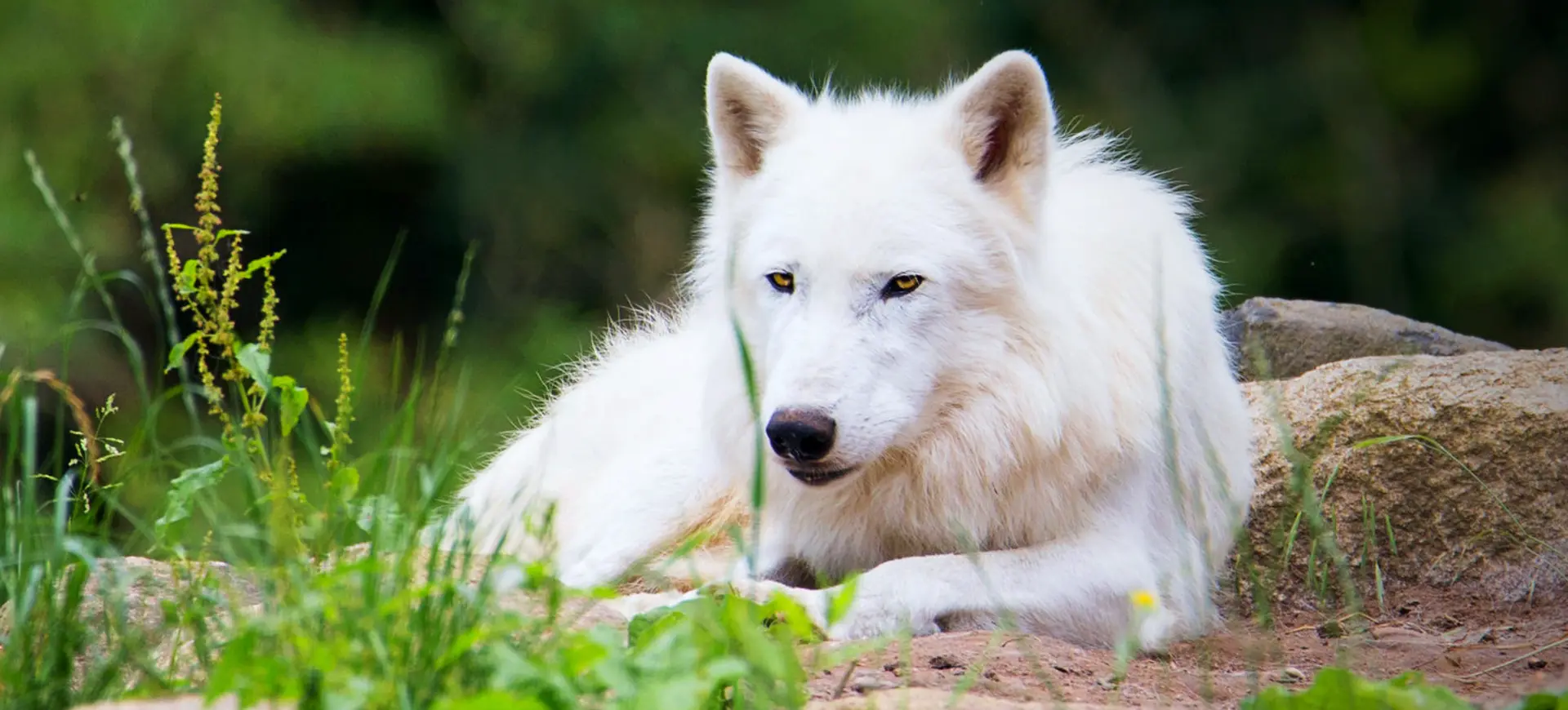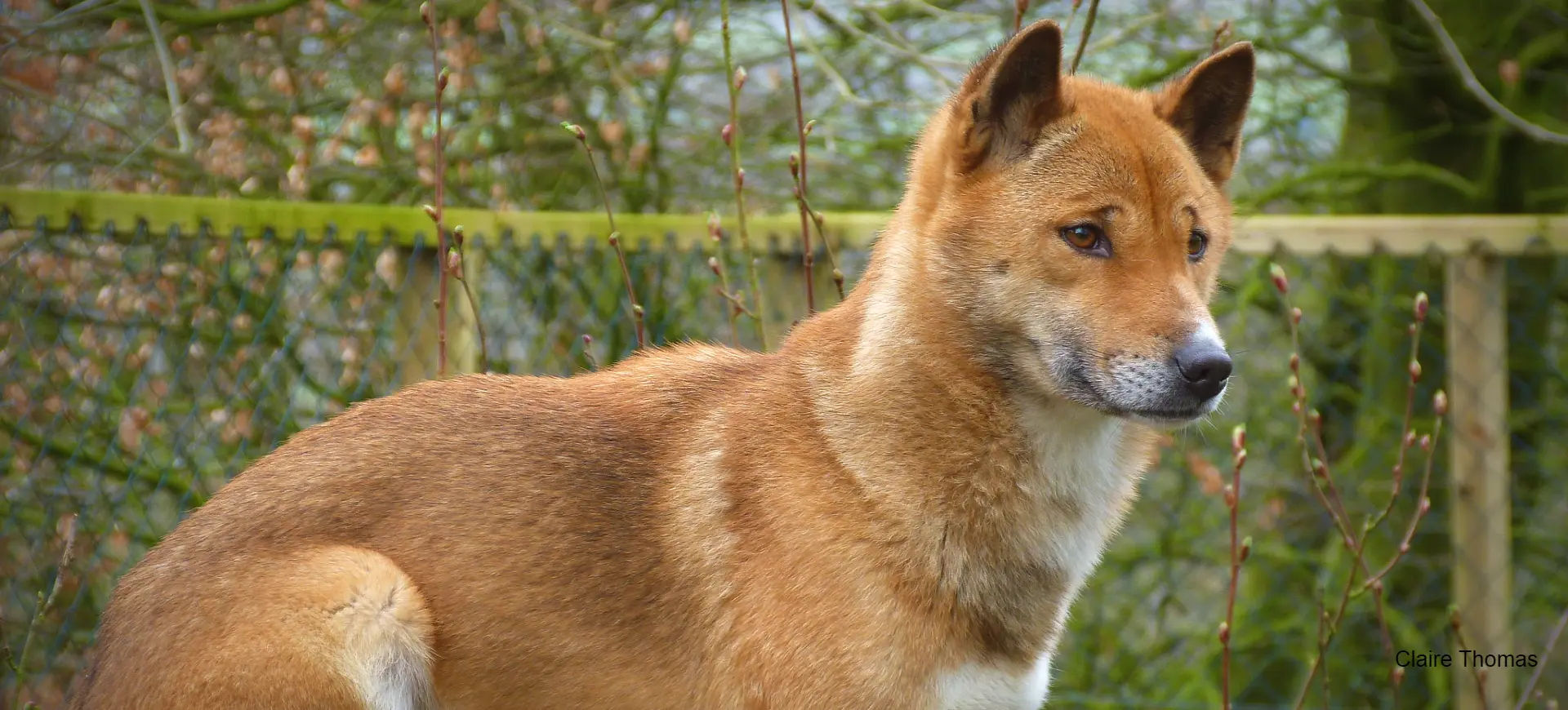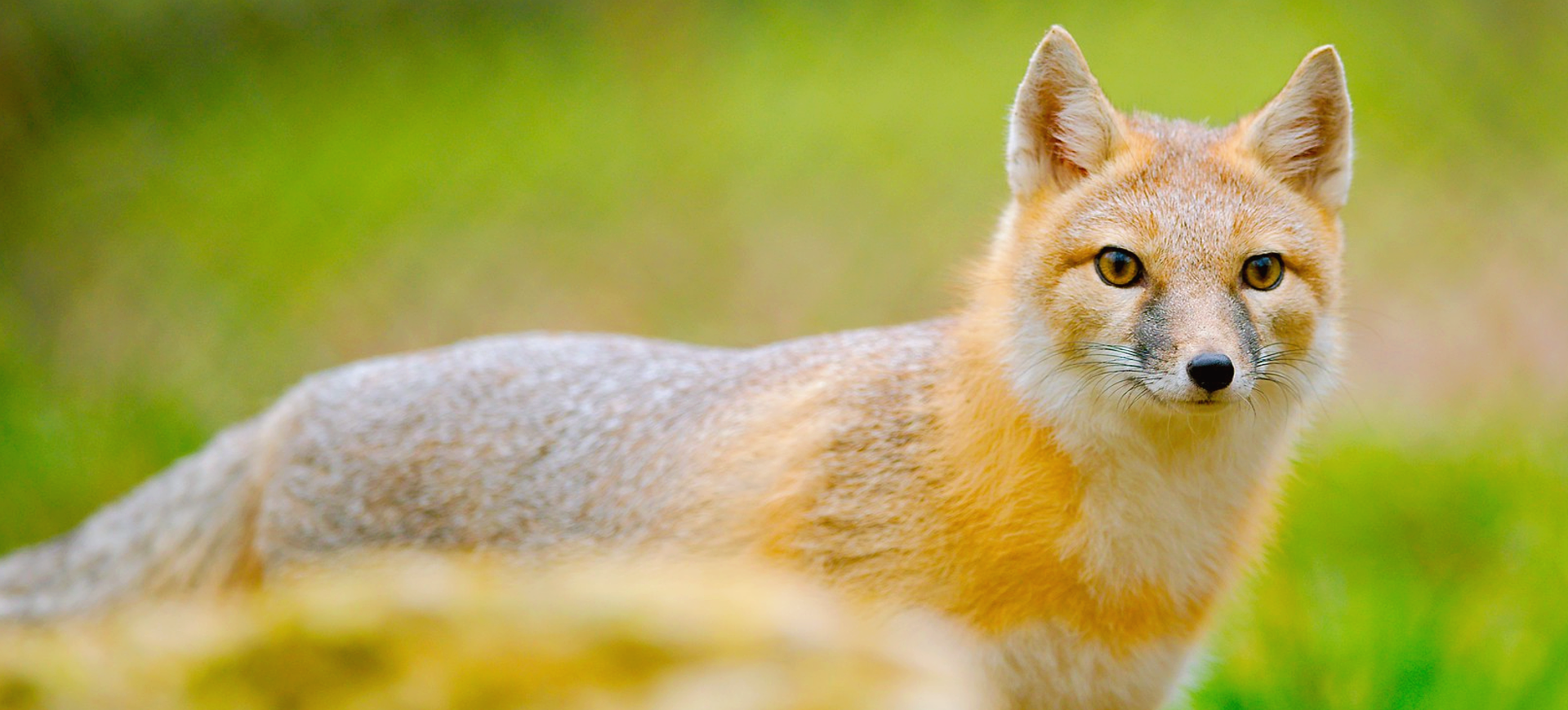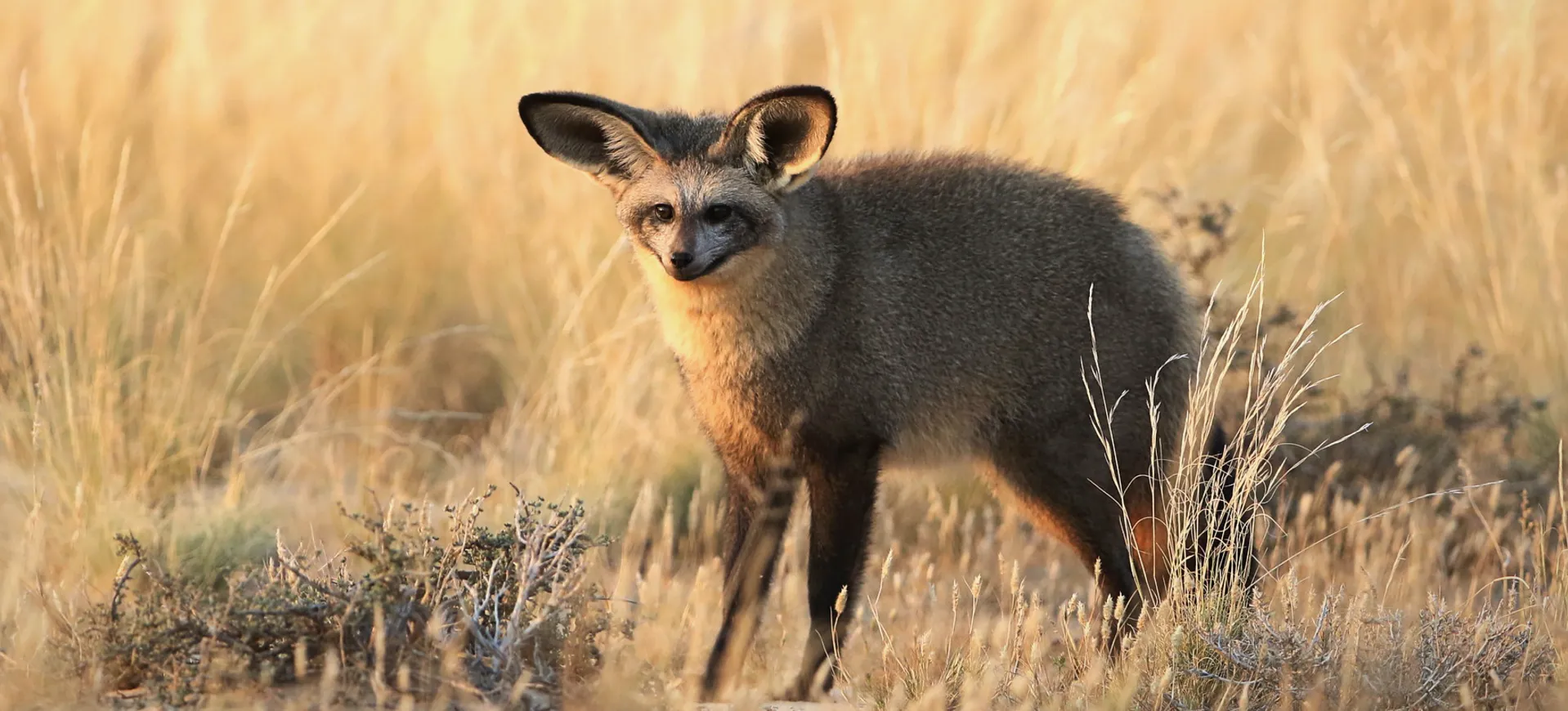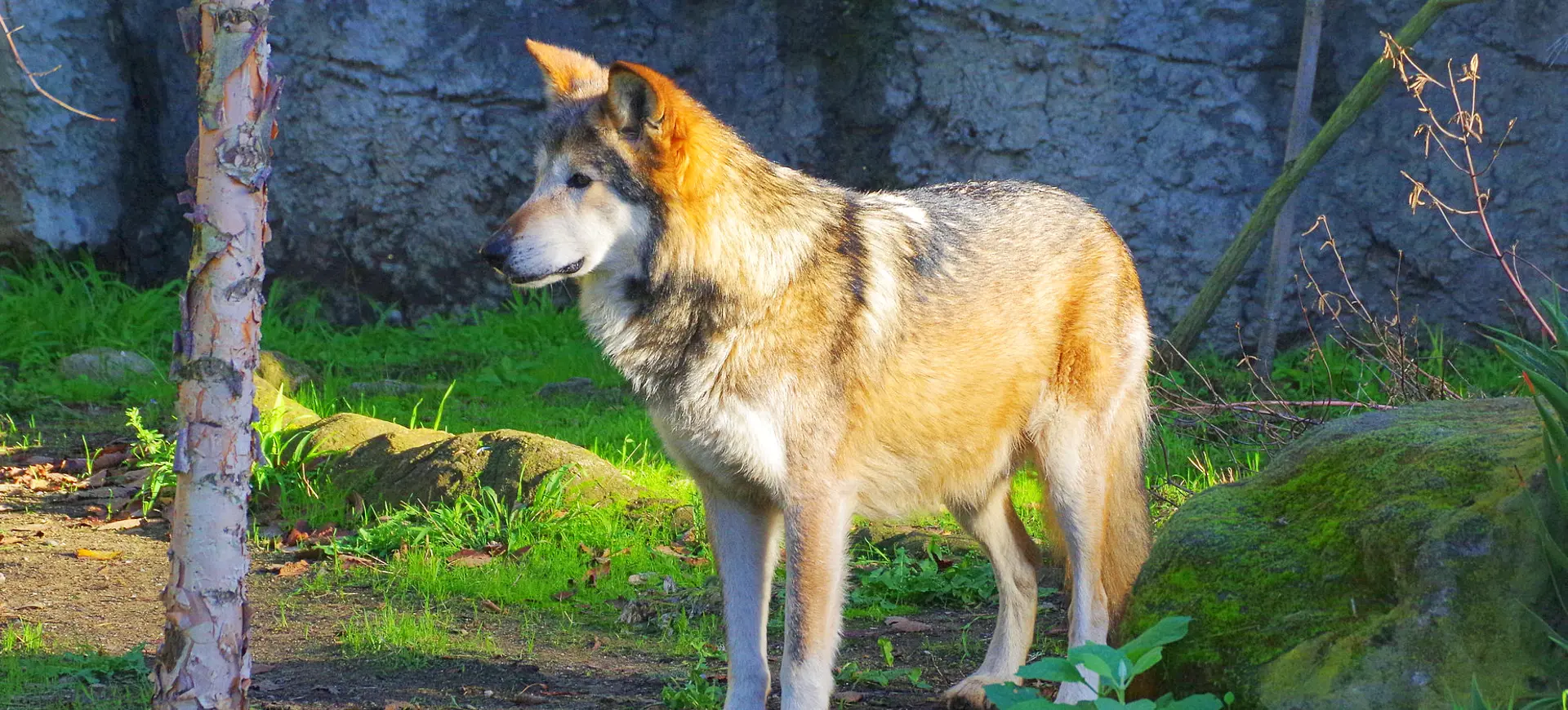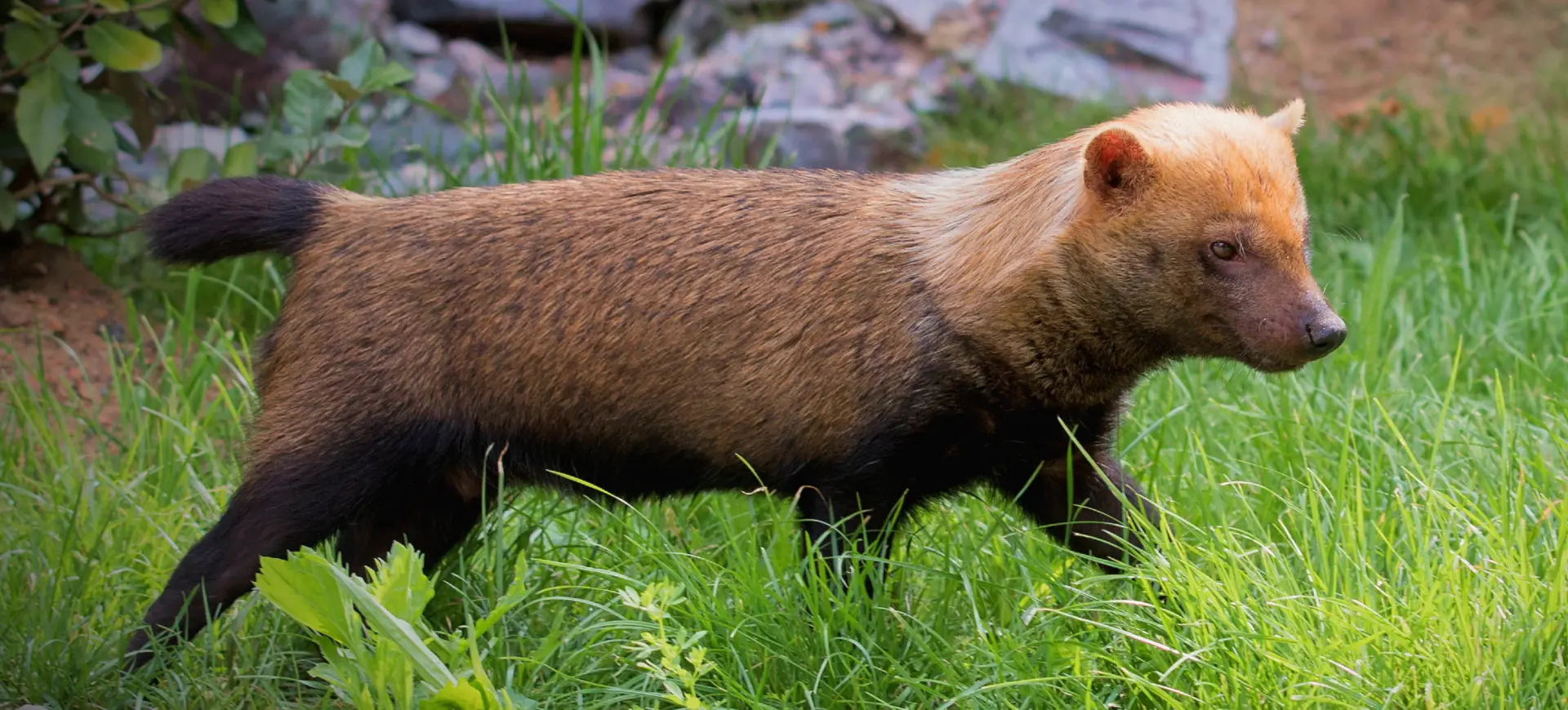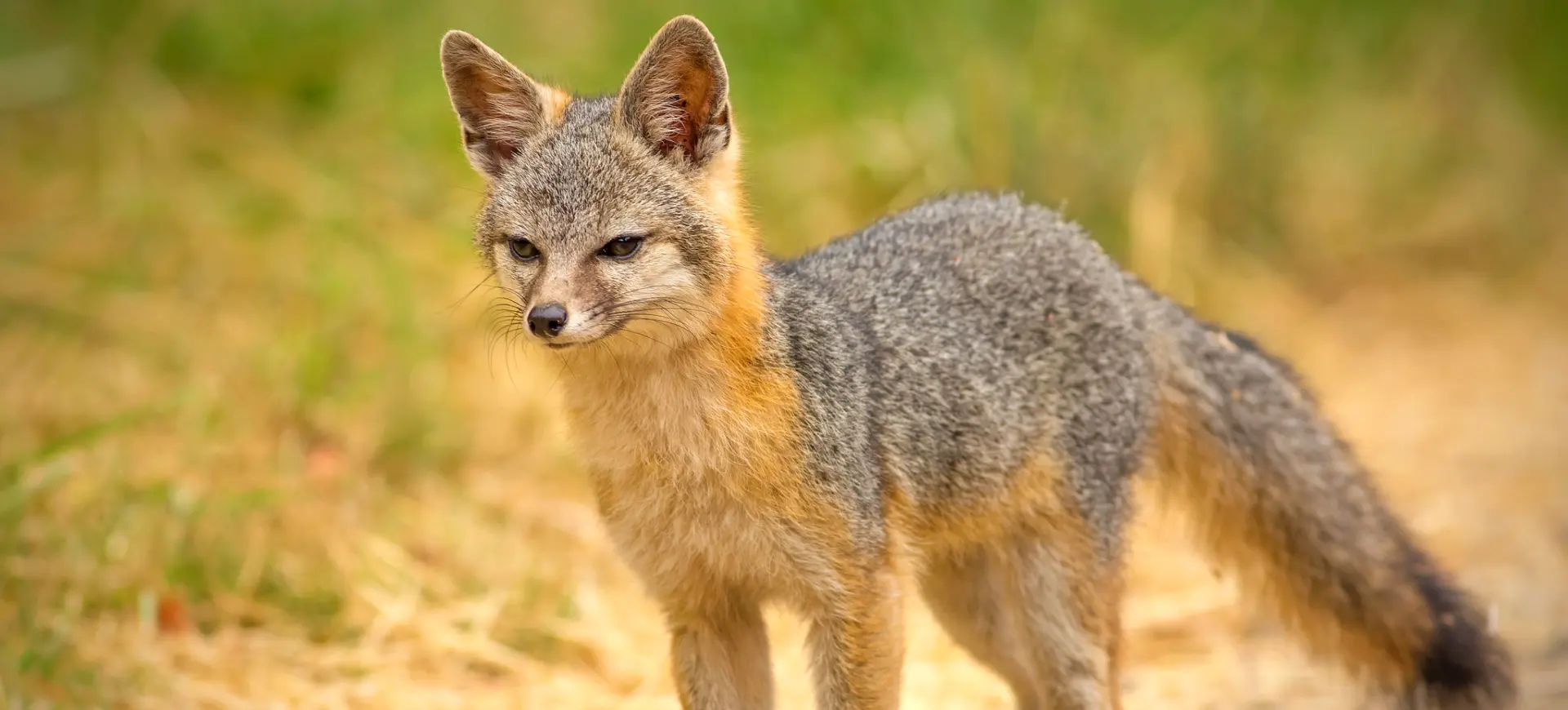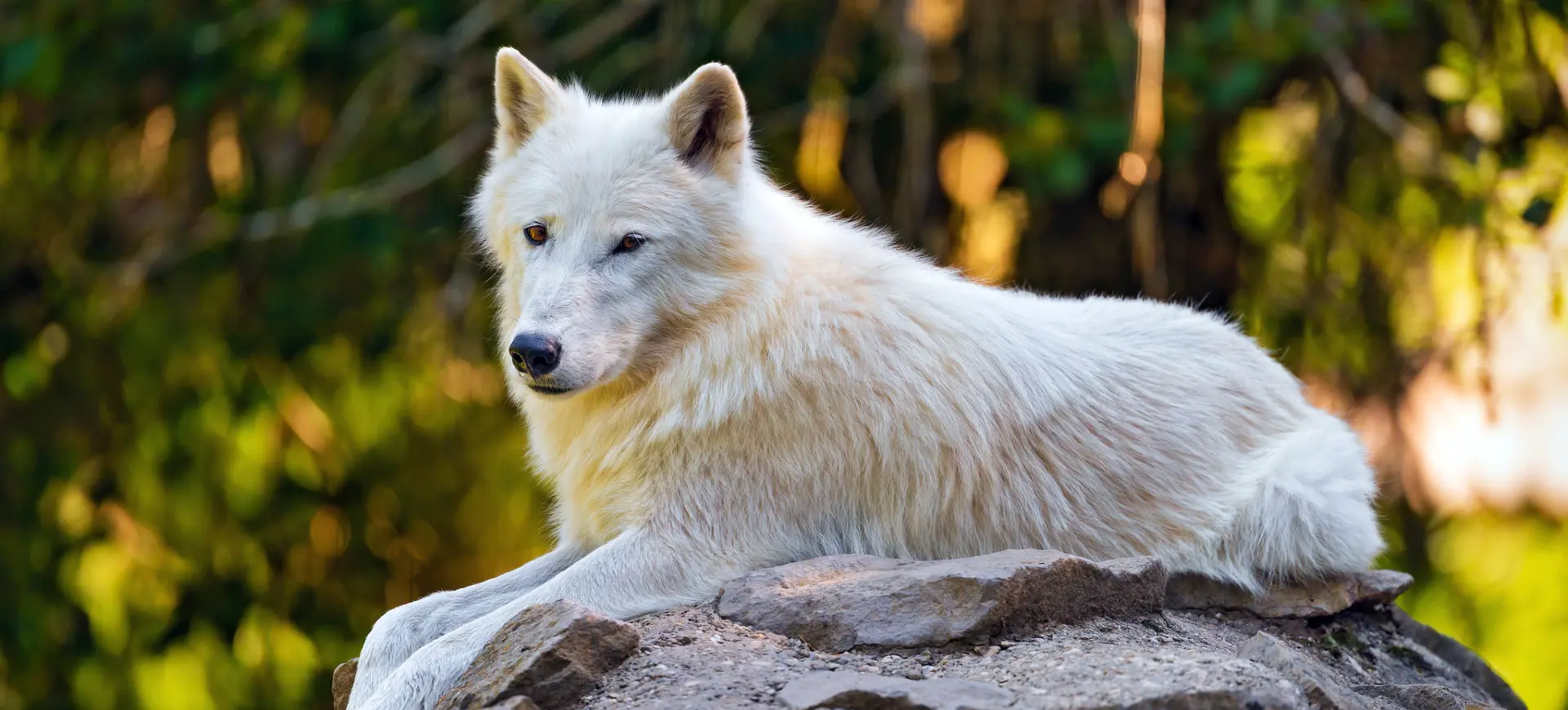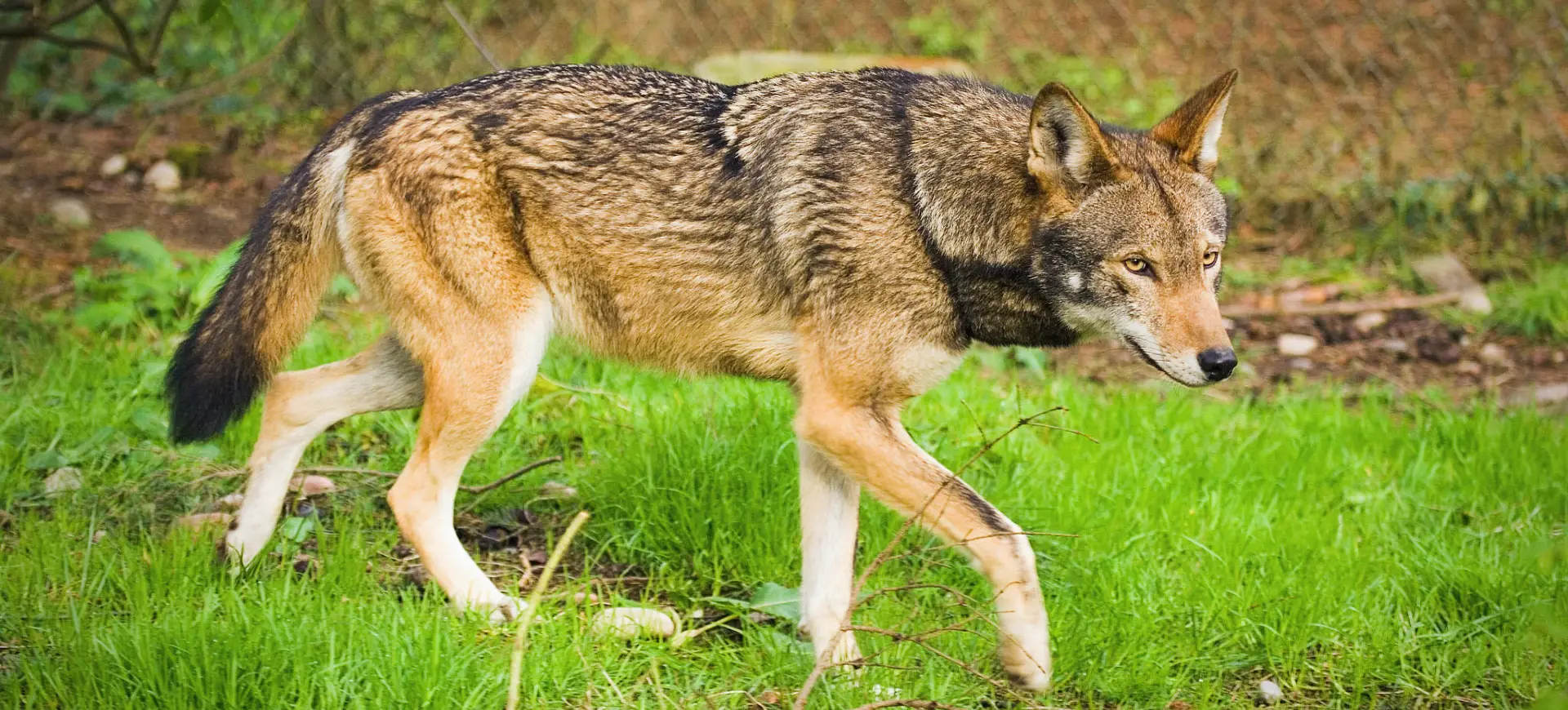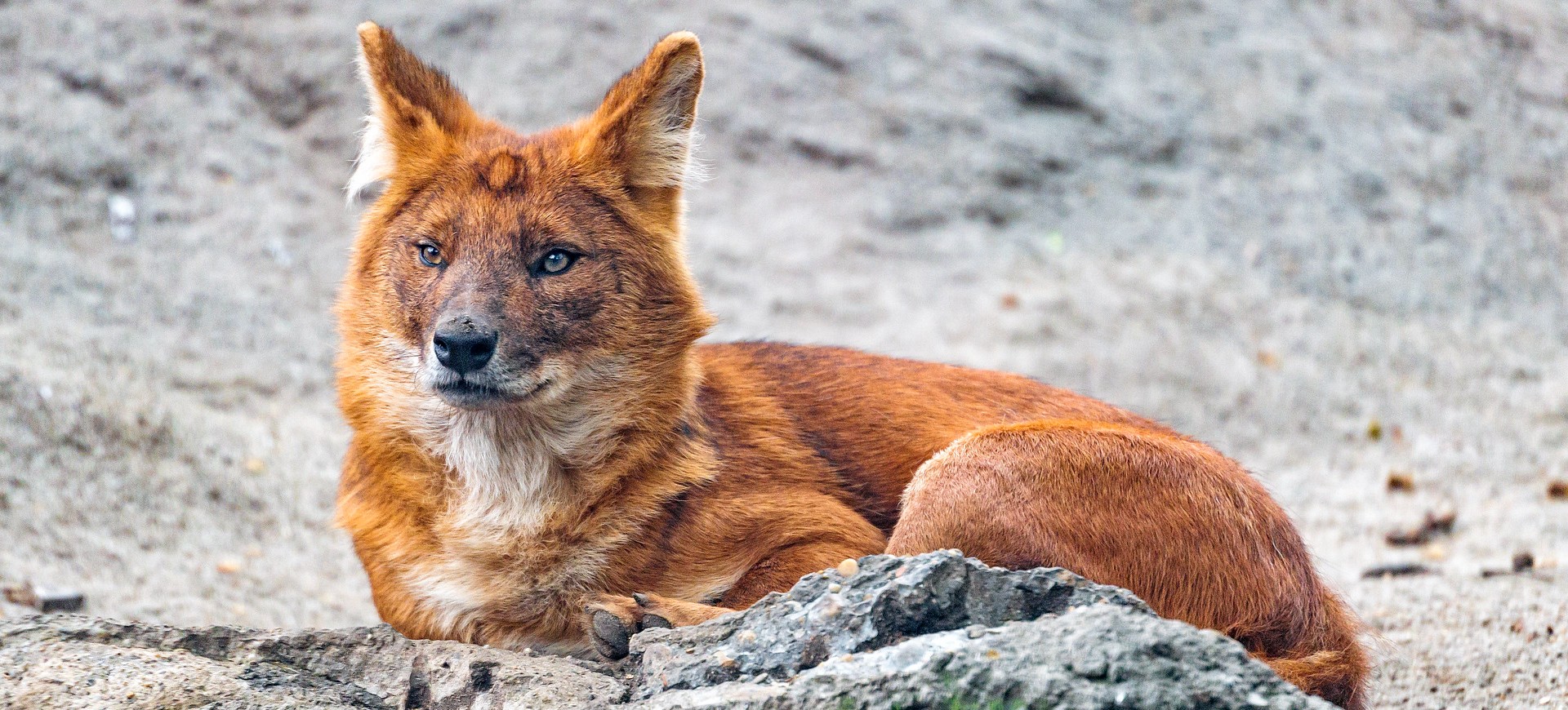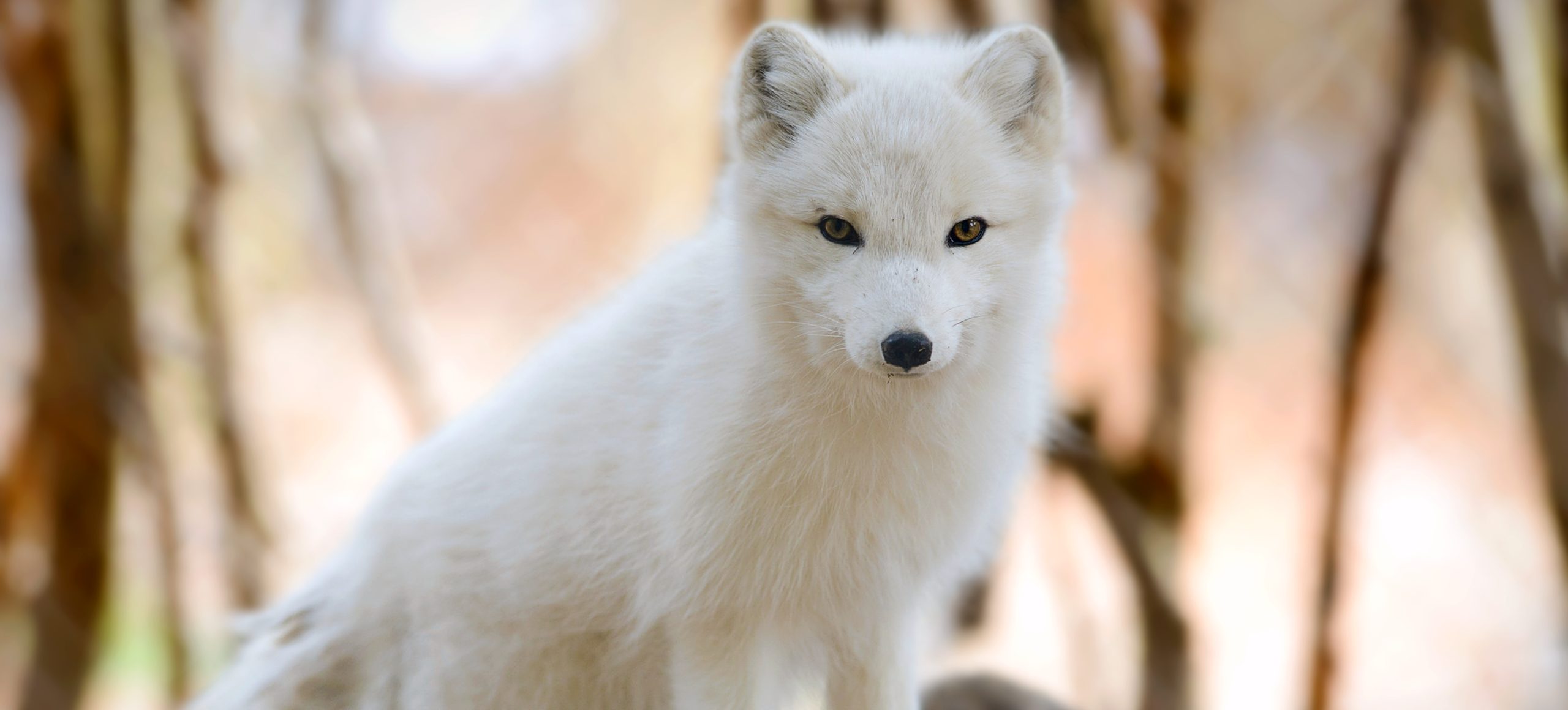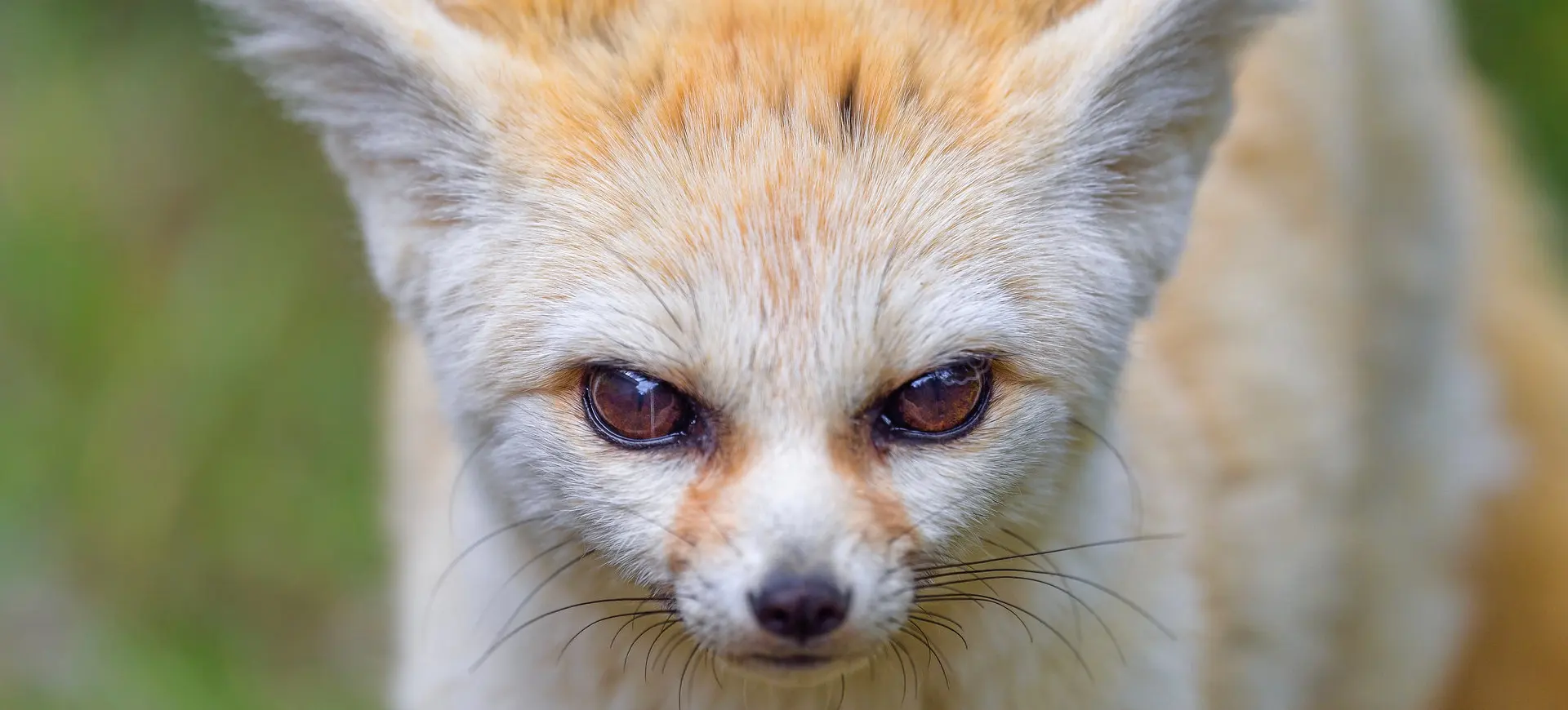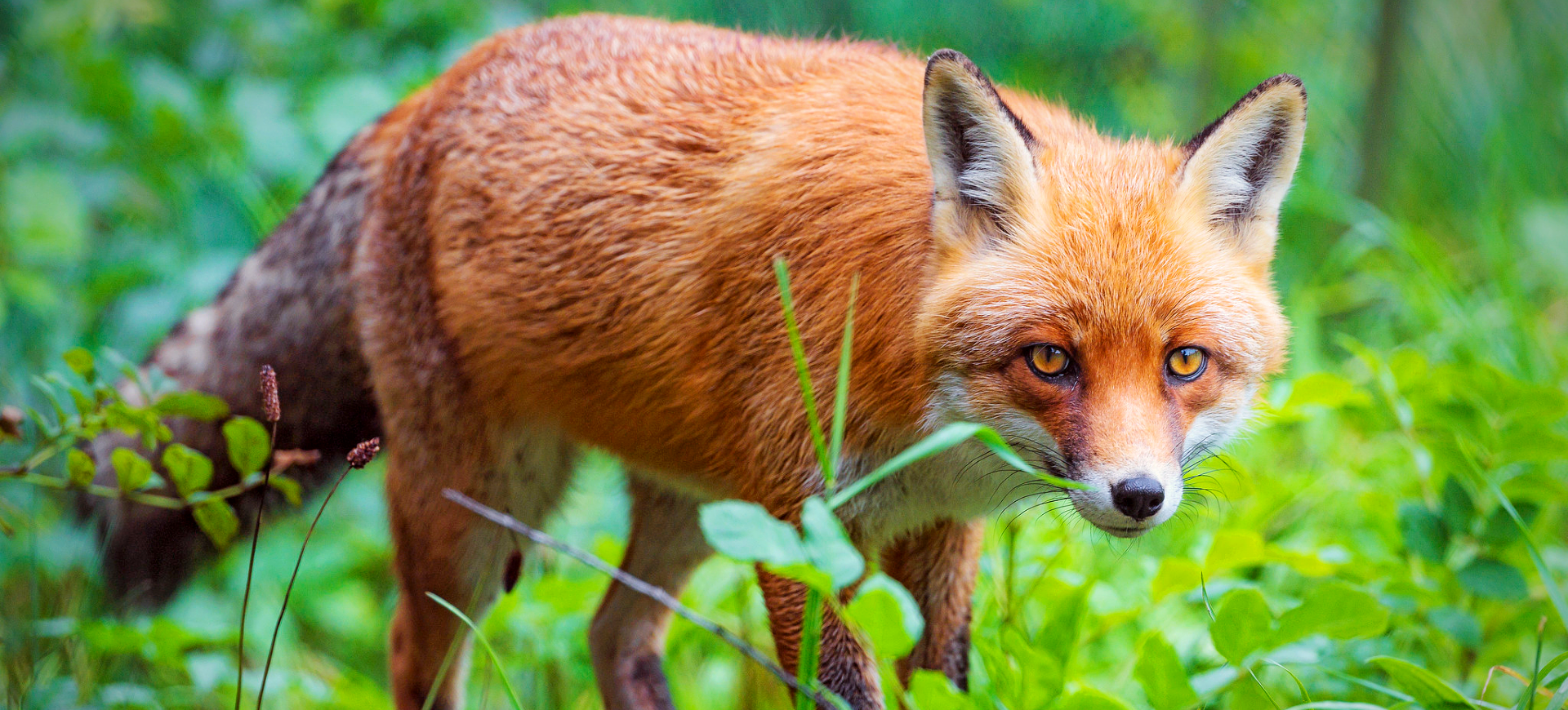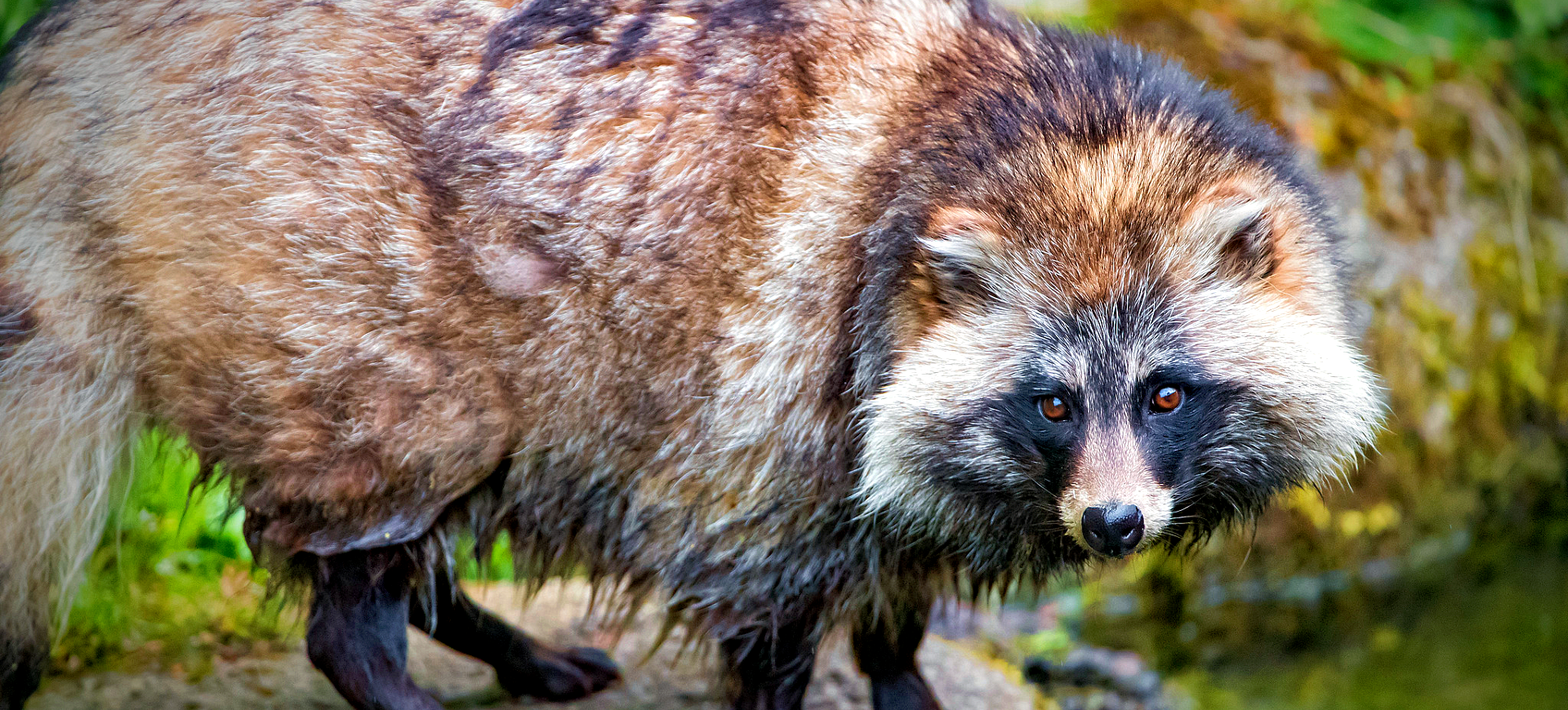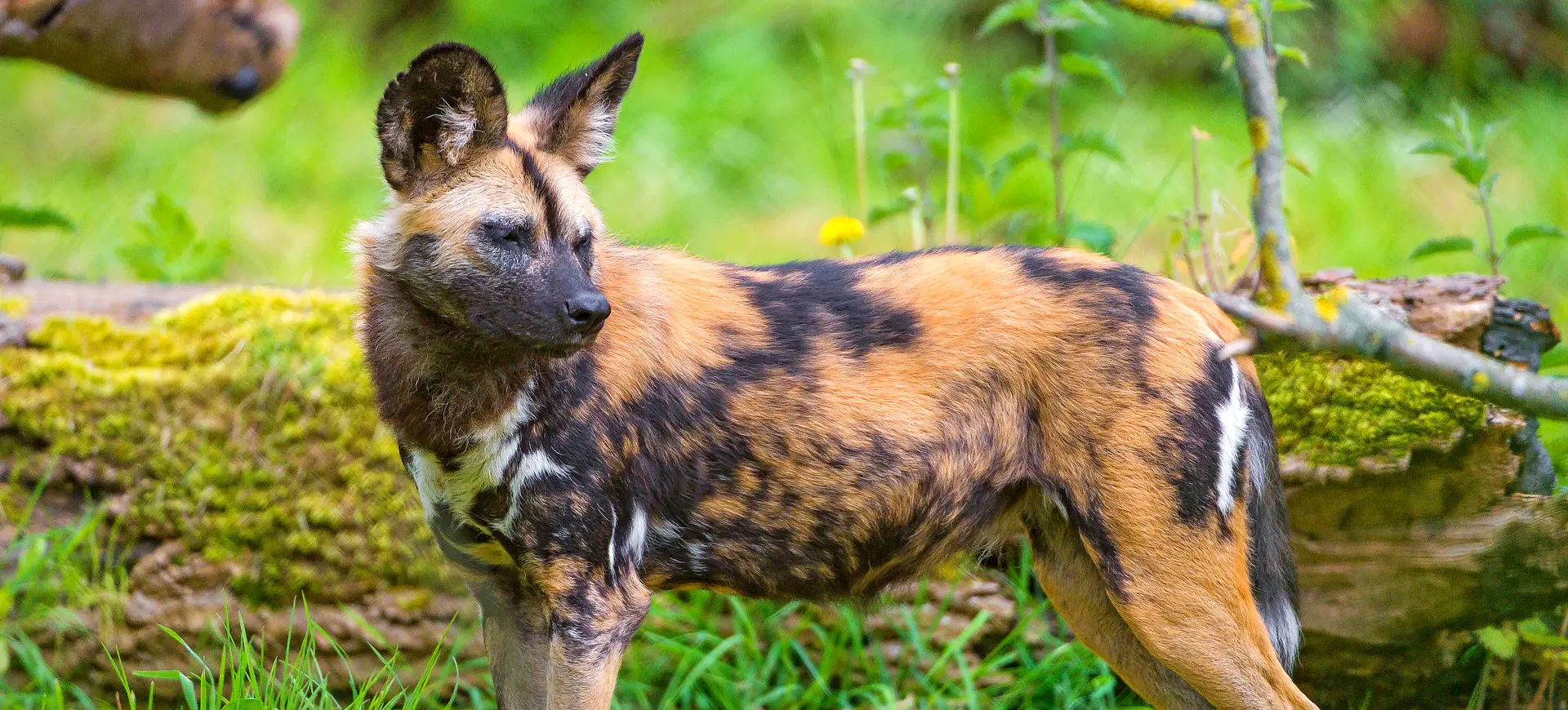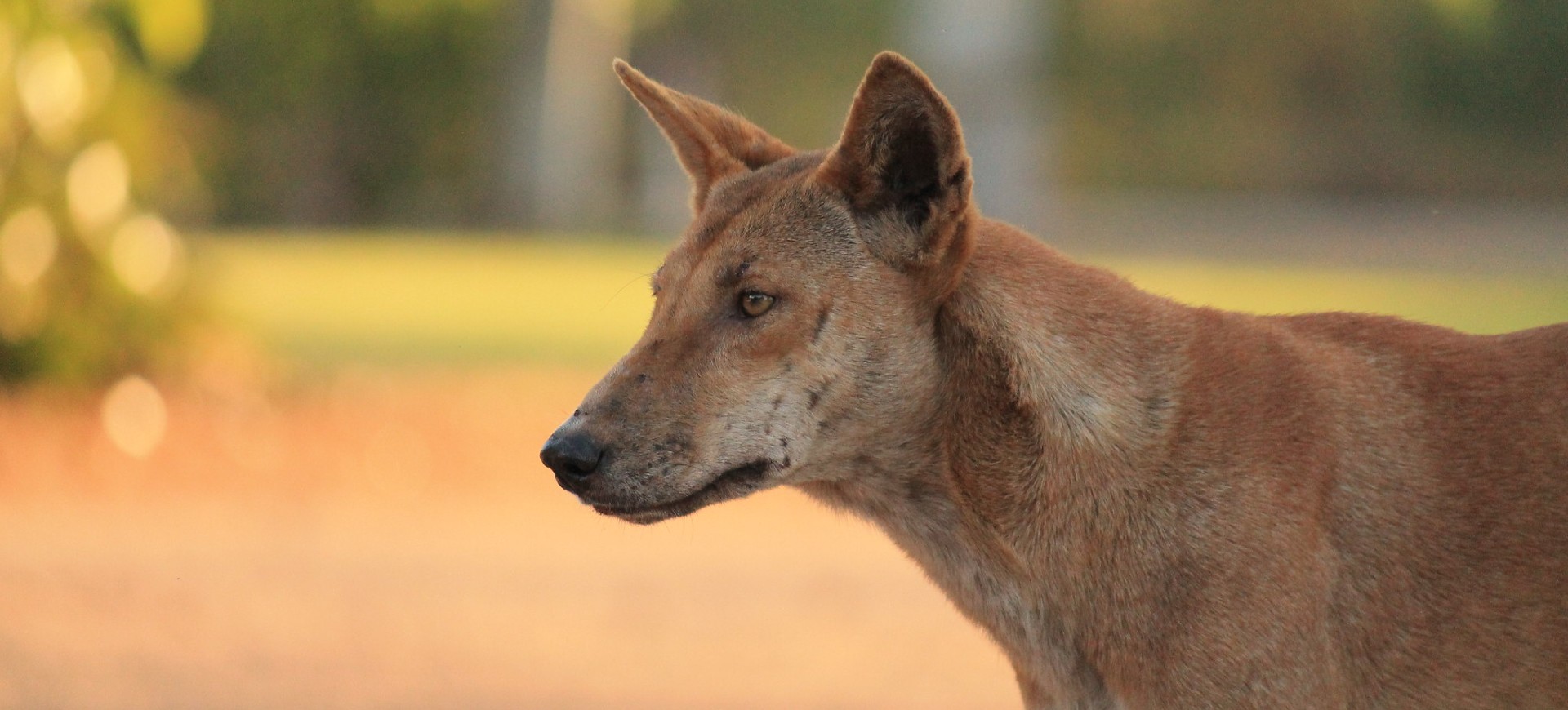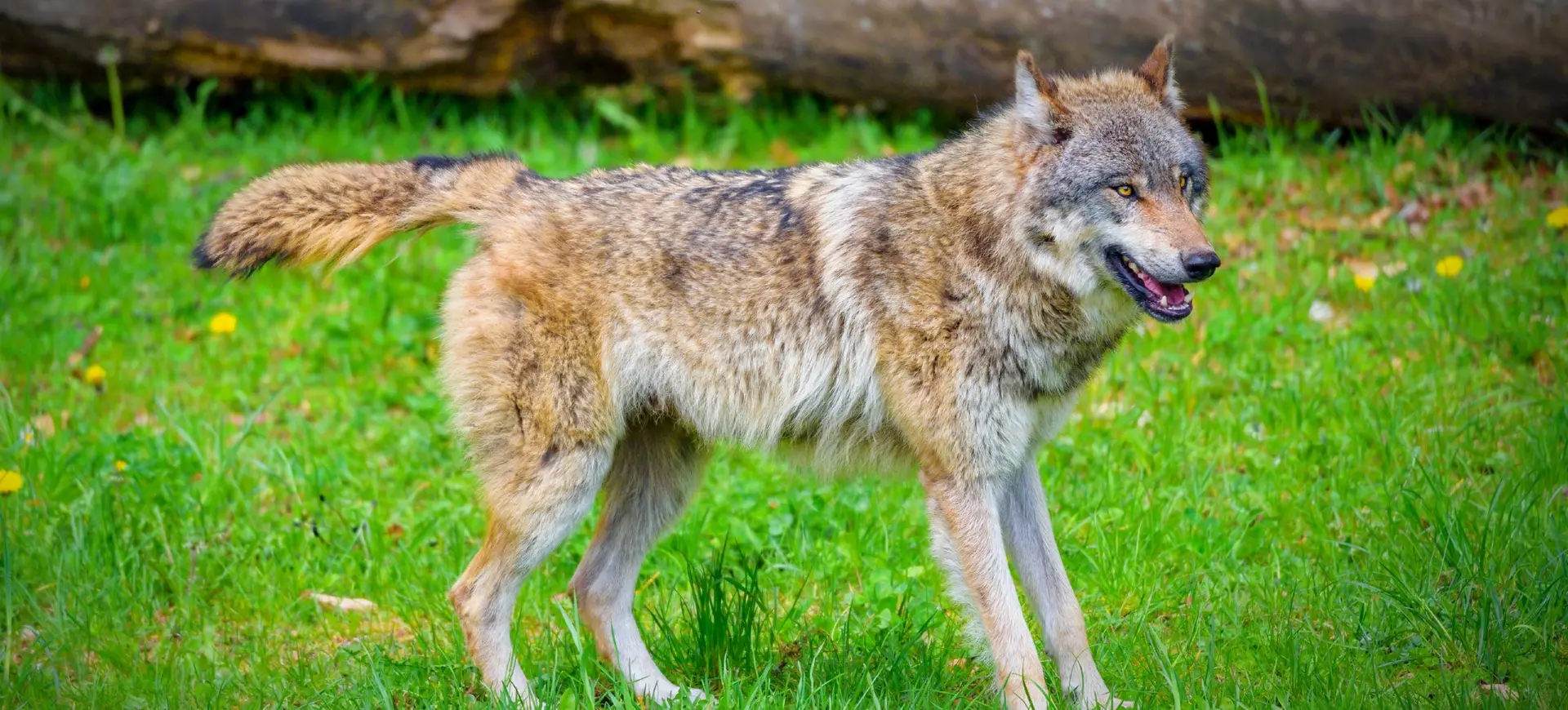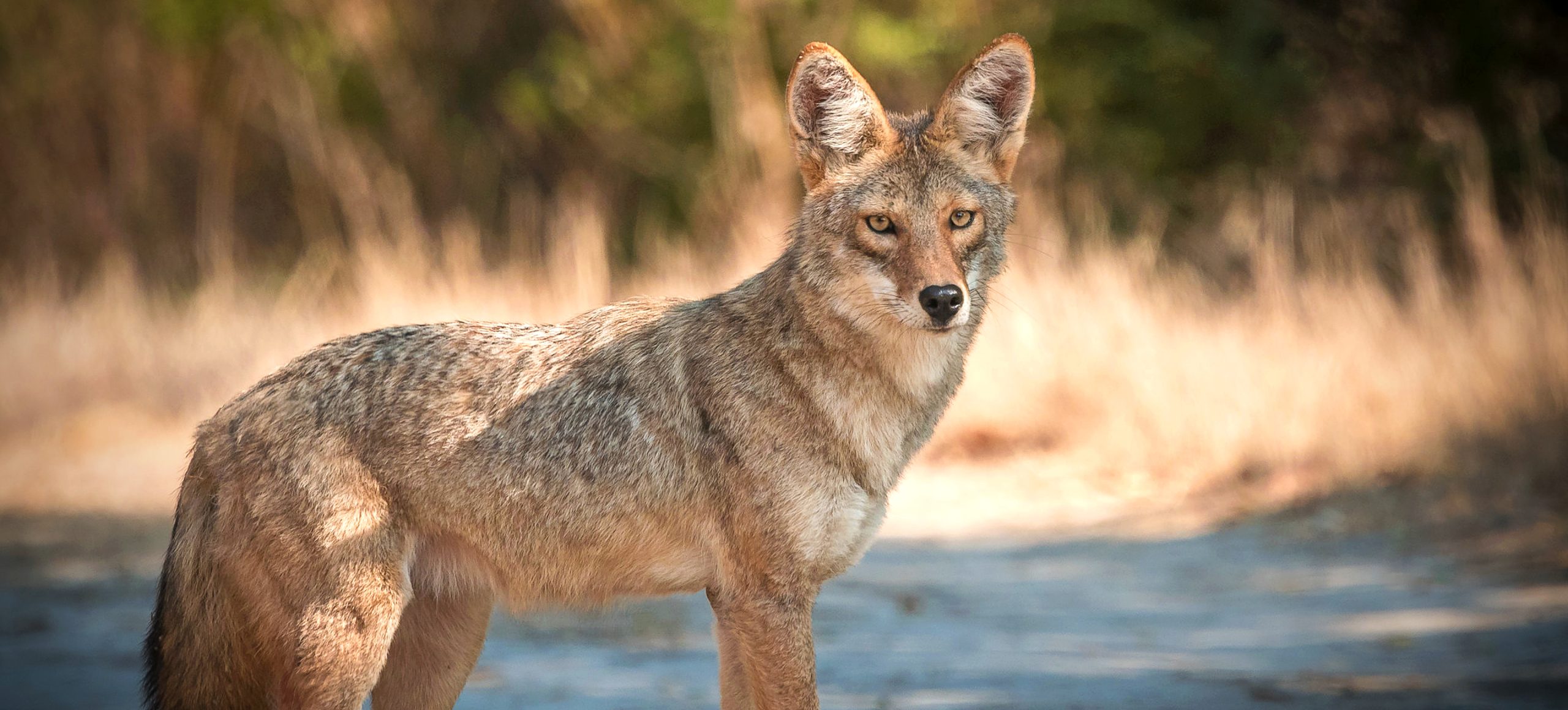Overview
The Maned Wolf, or Chrysocyon brachyurus, is a uniquely captivating creature native to South America. It resembles a large red fox and is the largest canid in the region. Perhaps its most striking feature is its remarkable mane, a distinctive trait that serves as a warning signal. In times of perceived danger or threat, the mane stands erect, indicating the animal’s state of alertness. Intriguingly, despite its common name, the Maned Wolf is a distinctive species that solely represents the Chrysocyon genus. This gives it a distinct place in the biological hierarchy and adds to its allure and scientific interest.
The Maned Wolf has specifically adapted to thrive in its geographical range’s grasslands and scrub forests. Its habitat, in particular, is closely associated with the Cerrado biome, a tropical savanna ecoregion of Brazil. The wolf’s long legs, which evolved to navigate the tall grass landscapes of the Cerrado, make it an iconic figure of these grasslands. Despite its wolf-like appearance and moniker, its genetic lineage is separate from wolves. Instead, it bears more resemblance to foxes in genetic makeup and behavior, adding another level of complexity to its already intriguing profile.
Maned Wolves are omnivores with a diverse diet, another testament to their adaptability and resourcefulness. They consume various food items, from small mammals, birds, insects, reptiles, and eggs to various plant life, including tubers, roots, and fruits. They particularly favor a fruit known as the wolf apple or lobeira, which forms a significant part of their diet and is thought to help control parasitic diseases in the animal. This broad dietary spectrum reflects the Maned Wolf’s remarkable adaptability to the challenges of its environment and its crucial role in the ecological balance of its habitat.
Taxonomy
Kingdom
Phylum
Class
Order
Family
Genus
Species
Type
Physical Description:
The Maned Wolf is distinct with its long, stilt-like legs, which adapt to moving through its tall grassland habitat. Its fur is long and reddish-brown, with black legs, a black muzzle, and a white tip on its tail. The “mane” for which it is named is a patch of black fur running from the back of its head to its shoulders, which can stand up when the animal is alert or agitated, making it look larger and more threatening.
The body of the Maned Wolf is slender, and its size is similar to that of a large dog, but its long legs make it appear much taller. It has a broad muzzle and large, rounded ears that help it to detect prey in the grass. The overall body shape, including the long legs and the narrow white-tipped tail, is ideally suited to its environment, making the Maned Wolf an effective and stealthy hunter.

Lifespan: Wild: ~15 Years || Captivity: ~20 Years

Weight: Male: 50-55 lbs (23-25 kg) || Female: 45-50 lbs (20-23 kg)

Length: Male: 4-4.5 ft (120-140 cm) || Female: 3.9-4.2 ft (120-130 cm)

Height: Male: 35-45 in (90-115 cm) || Female: 35-40 in (90-100 cm)

Top Speed: 47 mph (75 km/h)
Characteristic:
Native Habitat:
The Maned Wolf is native to South America’s grasslands and scrub forests. Its range extends from northern Argentina and Paraguay through Bolivia and Brazil and into parts of Peru. This habitat, called the Cerrado, is a vast tropical savanna ecoregion characterized by tall grasses, small trees, and shrubs. The Maned Wolf is specially adapted to this environment, with its long legs allowing it to see above the tall grass and its broad, rounded ears enabling it to hear small prey.
The Cerrado’s tropical climate has a distinct dry and wet season. The Maned Wolf’s activity patterns are linked to this climate, with the dry season being a peak time for hunting and foraging. Despite the harsh conditions of this environment, the Maned Wolf is a versatile creature, able to adapt to changes in food availability and weather conditions.
Climate Zones:
Biomes:
Biogeographical Realms:
Continents:
Diet:
Diet & Feeding Habits:
The Maned Wolf is an omnivore, feeding on a wide range of food. It hunts small animals like rodents, rabbits, and birds and is known to eat insects, lizards, and even fish. Interestingly, plant matter constitutes a significant part of the Maned Wolf’s diet. It is particularly fond of a tomato-like fruit called the wolf apple or “lobeira.” This fruit is thought to help control giant kidney worms, a parasite common in Maned Wolves.
Unlike other large canids, Maned Wolves do not usually hunt in packs but instead hunt alone. They use their keen sense of hearing to detect prey in the tall grass and their long legs to swiftly chase and capture it. Their diet varies depending on the season and the availability of food. During the fruiting season of the lobeira, for instance, Maned Wolves will consume large amounts of the fruit.
Mating Behavior:
Mating Description:
Maned Wolves are monogamous creatures, maintaining a single mate for life. While they essentially live solitary lives, they come together for the breeding season, which occurs once per year. The female goes into estrus for about four days between November and April.
The gestation period for Maned Wolves is about 60 to 65 days, after which the female gives birth to a litter of 2 to 5 pups. The pups are born blind and helpless but proliferate under the care of both parents. Both males and females rear the offspring, with the male providing food to the nursing mother and the pups.
Reproduction Season:
Birth Type:
Pregnancy Duration:
Female Name:
Male Name:
Baby Name:
Social Structure Description:
Maned Wolves are primarily solitary animals. They maintain territories as individuals or as a monogamous pair. Each territory is marked with strong-smelling urine, known as “wolf’s perfume,” to warn off other Maned Wolves. While they mostly avoid each other outside of the mating season, they communicate through a unique vocalization called “roar-barking.”
Although solitary, Maned Wolves engage in social behaviors, especially during breeding. They form long-lasting pair bonds and share the responsibility of rearing the pups. These pairs maintain their bonds through mutual grooming and other social interactions.
Groups:
Conservation Status:
Population Trend:
The Maned Wolf is currently listed as Near Threatened by the IUCN, with the population trend decreasing. An estimated wild population of 20,000 to 25,000 individuals is estimated, but accurate counts are difficult due to their solitary nature and fragmented habitats. The populations are scattered across their range, with the largest concentration in the Cerrado region of Brazil.
The main threats to the Maned Wolf population are habitat loss due to land conversion for agriculture and ranching, road accidents, and hunting. Despite their protected status in some areas, enforcement is often weak, and illegal hunting continues. Combined with the Maned Wolf’s low reproductive rate, these factors have led to a decline in populations across its range.
Population Threats:
The Maned Wolf faces several threats, primarily from human activities. The biggest threat is habitat loss, as grasslands are converted to farmland or grazing areas for cattle. This reduces the area in which the Maned Wolf can live and decreases its food sources.
Road accidents also threaten Maned Wolves, as roads often intersect their habitats. They are occasionally hunted for their body parts, used in traditional medicine, and sometimes killed by farmers who mistakenly believe they prey on livestock. The disease is another threat, with the animals being susceptible to many of the same diseases as domestic dogs.
Conservation Efforts:
Conservation efforts for the Maned Wolf include habitat protection and captive breeding programs. Several protected areas within its range have been established, and efforts are being made to enforce anti-hunting laws. Reintroduction programs have also been implemented to increase the population in certain areas.
Captive breeding programs, like the ones at the Smithsonian Conservation Biology Institute and other zoos worldwide, are working to maintain a healthy population of Maned Wolves in captivity. These programs also contribute to research on the species, enhancing our understanding of their behavior, biology, and needs, which aids in their conservation in the wild.
Additional Resources:
Fun Facts
- Despite its name, the Maned Wolf is not a wolf and is not closely related to other canids.
- It has a distinctive “roar-bark,” which it uses to communicate with others over long distances.
- The Maned Wolf’s urine has a powerful odor, often called “wolf’s perfume.”
- Its long legs are adapted to the tall grass of its habitat, allowing it to see over the top while walking.
- The Maned Wolf has a unique diet among canids, an omnivore that eats small animals and significant amounts of plant matter.
- They are monogamous, with pairs staying together for life.
- The Maned Wolf has a symbiotic relationship with a plant known as the lobeira or “wolf apple.” The plant helps control parasites in the wolf, and the wolf helps disperse the plant’s seeds.
- Unlike most other large canids, Maned Wolves do not form packs.
- Despite their large size, they are shy and typically avoid humans.
- The Maned Wolf is considered a keystone species in its ecosystem, playing a vital role in maintaining the health and balance of its environment.







